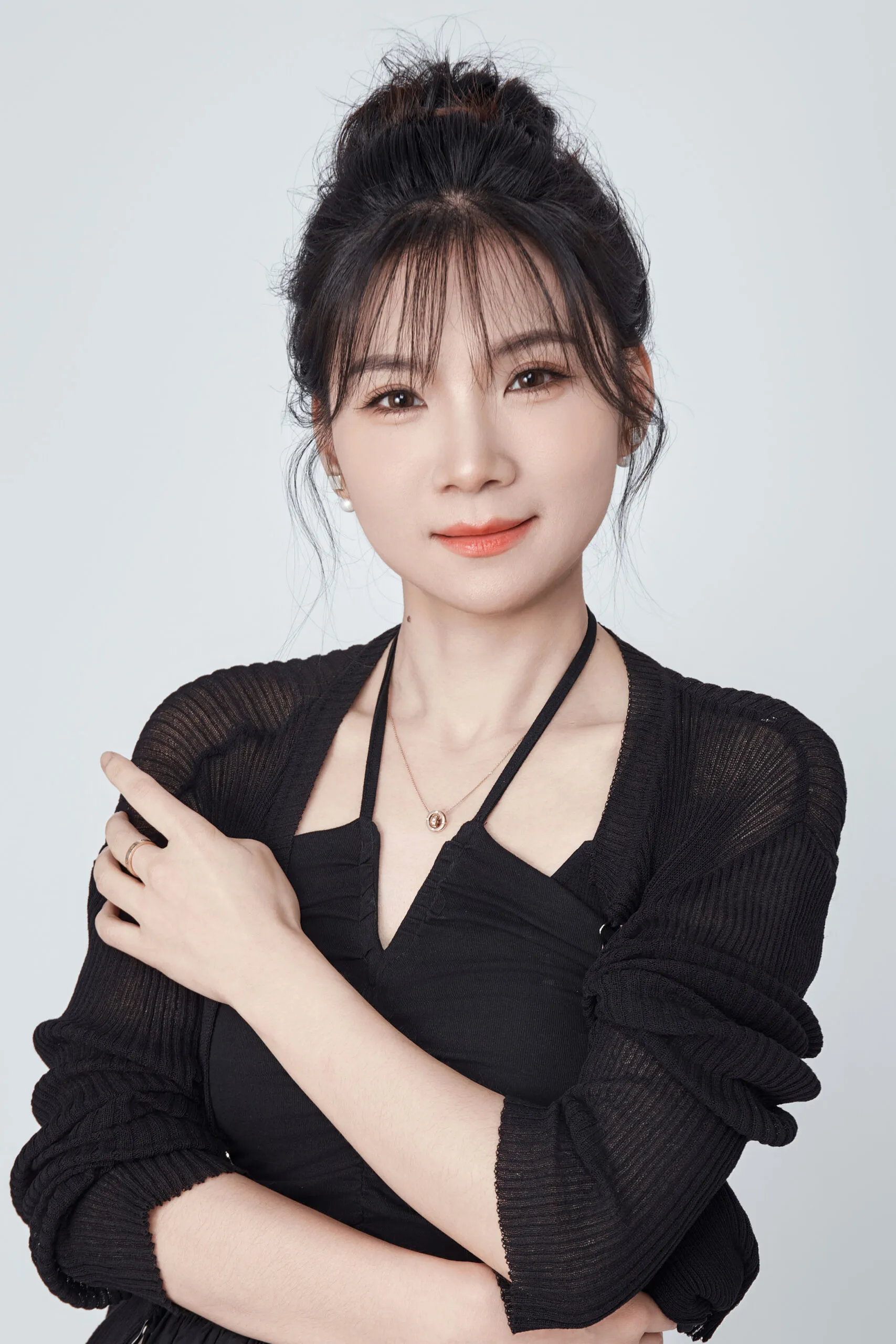A beauty founder once told me, “I thought all high-end brushes were made in Japan — turns out, mine came from a Chinese factory I’d never heard of.” Have you ever been surprised by where your tools were made?
Most makeup brushes today are manufactured in China, followed by South Korea and Japan. Manufacturing location affects cost, quality, and ethical compliance. Understanding this helps you avoid branding mistakes and pick the right partner for your needs.
Many buyers assume they need to avoid certain countries to ensure high quality. But that’s not always true. Let’s explore where most brushes are made — and how to choose the right factory for your brand.
Where Are Most Makeup Brushes Made?
Most of the brush samples I see from international beauty brands come from one region: Shenzhen and Dongguan, China. But that’s not the full story.
Roughly 75% of the world’s makeup brushes are made in China, with South Korea, Japan, and Thailand also active in production. Germany and the U.S. have some local brands but limited OEM capacity.
My makeup brushes are mainly manufactured in which countries?
Here’s a quick breakdown of where brushes are typically made:
| Country | Role in Industry | Typical Clients |
|---|---|---|
| China | Mass production, OEM/ODM, full customization | DTC brands, big box retailers |
| South Korea | Mid-volume, tech-forward, synthetic experts | Skincare-focused brands |
| Japan | Luxury handmade, Kumano brush heritage | Premium brands (Shu Uemura) |
| Thailand | Packaging + rising brush factories | Vegan/eco-conscious brands |
| USA/Germany | Small-scale or finished assembly | Local/niche craft brands |
The factory location impacts access to certifications (Vegan, ISO, FSC), fiber options, lead time, and packaging solutions. That’s why I always ask my clients about their sourcing goals — and guide them from there.
Are MAC Brushes Made in China?
Some clients tell me, “I love MAC — but I only want brushes made outside China.” I get why they ask. But the truth may surprise you.
Yes, many of MAC’s newer brushes are now made in China. They have shifted production to certified Chinese OEMs to align with cruelty-free policies and synthetic bristle use.
Back in the day, MAC had brushes made in Japan and France. But since going fully cruelty-free, they’ve relied more on synthetic fibers — and those are typically produced in China. Their cost model and scale make this a smart move.
Does the country of manufacture affect brush quality and price?
Absolutely. In my experience:
- Japan offers unmatched softness and handcrafted tips — but prices are 3–4x higher.
- China has evolved — modern factories like ours now offer ISO-certified, vegan-friendly, cruelty-free options at scale.
- Thailand is eco-conscious but still growing in fiber technology.
So yes, the country matters — but the real difference lies in factory standards, material sourcing, and quality control, not just the flag on the label.
Where Are BK Beauty Brushes Manufactured?
I once had a customer ask me, “Is BK Beauty made in the USA? Their branding feels so premium.”
BK Beauty does not disclose its exact production location, but based on pricing, cruelty-free claims, and market practices, it is highly likely their brushes are made in China or South Korea.
Most modern DTC beauty brands — especially those with sleek vegan designs — choose trusted Chinese or Korean OEM partners. They gain flexibility, fast prototyping, and scalable MOQ. If a brand doesn’t say “Made in USA” upfront, you can assume it’s made overseas.
Are La Mer Brushes Made in China?
I had a luxury beauty buyer tell me, “My customers expect Japanese craftsmanship if I sell anything over $70.” She was shocked when I showed her where La Mer’s foundation brush is made.
Yes, La Mer’s brushes are made in China, as confirmed by Sephora’s official product Q&A section.
Even luxury brands trust Chinese OEMs — they just vet them better. High-end brushes use select-grade synthetic fibers, paired with sustainable FSC-certified handles and professional QC. The result feels luxurious, but the production cost stays manageable.
How Do Manufacturing Methods Affect Brush Performance?
Some factories use low-pressure gluing, uneven crimping, or skip tip polishing — all of which affect softness and shed-resistance. Others invest in hand shaping, multi-layer glue sealing, and post-assembly UV testing.
I’ve seen Korean factories excel at dense flat-top foundation brushes. Japanese suppliers still lead in blush brush tapering. In China, we’ve built fully customized lines based on hair weight, taper ratio, and finish polish.
So yes, manufacturing technique directly affects how a brush performs on skin.
What Are the Most Popular Manufacturing Locations Today?
Based on my clients across the U.S., EU, and SEA, the most in-demand manufacturing countries are:
- China — full control over cost, MOQ, materials
- Korea — trusted for skincare brushes and packaging
- Japan — luxury positioning only
- Thailand — niche but growing
But popularity ≠ quality. What matters most is alignment with your brand’s needs — sustainability, price point, target channel (Amazon vs. boutique retail), and user experience.
Which Emerging Countries May Lead Next?
Thailand is making waves. Some new plants focus on eco-packaging + clean fiber. India has begun investing in brush hair filament manufacturing. Vietnam is another rising player, especially with Korean partnership funding.
At Brushino, we’re also exploring PCR plastic molding and FSC-certified handle sourcing across Southeast Asia. The future won’t be about one country — but connected supply chains that offer you flexibility and speed.
BONUS: Compare Brush Production by Country
| Country | MOQ | Price Level | Lead Time | Certifications | Strengths |
|---|---|---|---|---|---|
| China | Low | $ | Fast | ISO, FSC, Vegan | Customization, All-round |
| Japan | High | $$$$ | Slow | Limited | Luxury quality |
| Korea | Mid | $$ | Medium | Vegan | Skincare application |
| Thailand | Low | $$ | Fast | Eco Certs | Packaging, growing fiber tech |
| India | Low | $ | Varies | Basic | Entry-level sets |
Conclusion
It’s not just about where your brushes are made — it’s about who you work with. I’ve seen too many brands struggle with hidden materials, unclear pricing, or unreliable samples. If you want to build your brush line with confidence, I’m here to help — so you don’t have to keep guessing.


